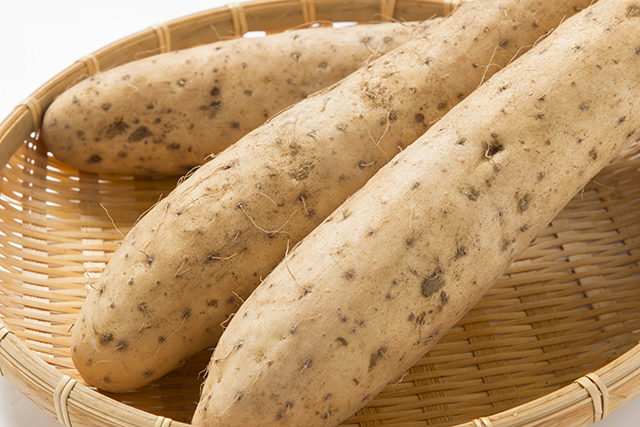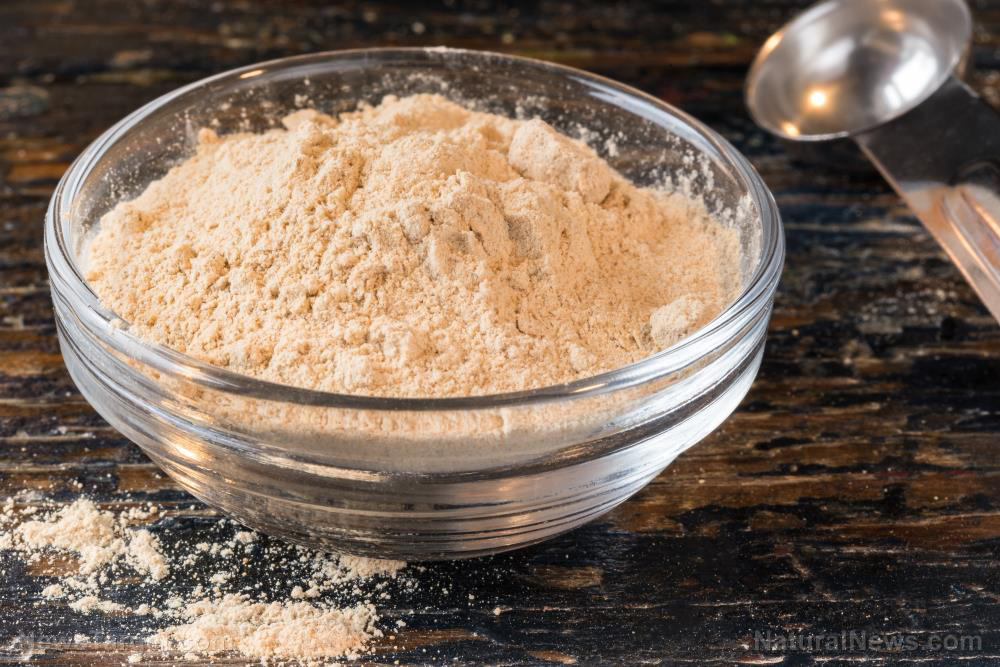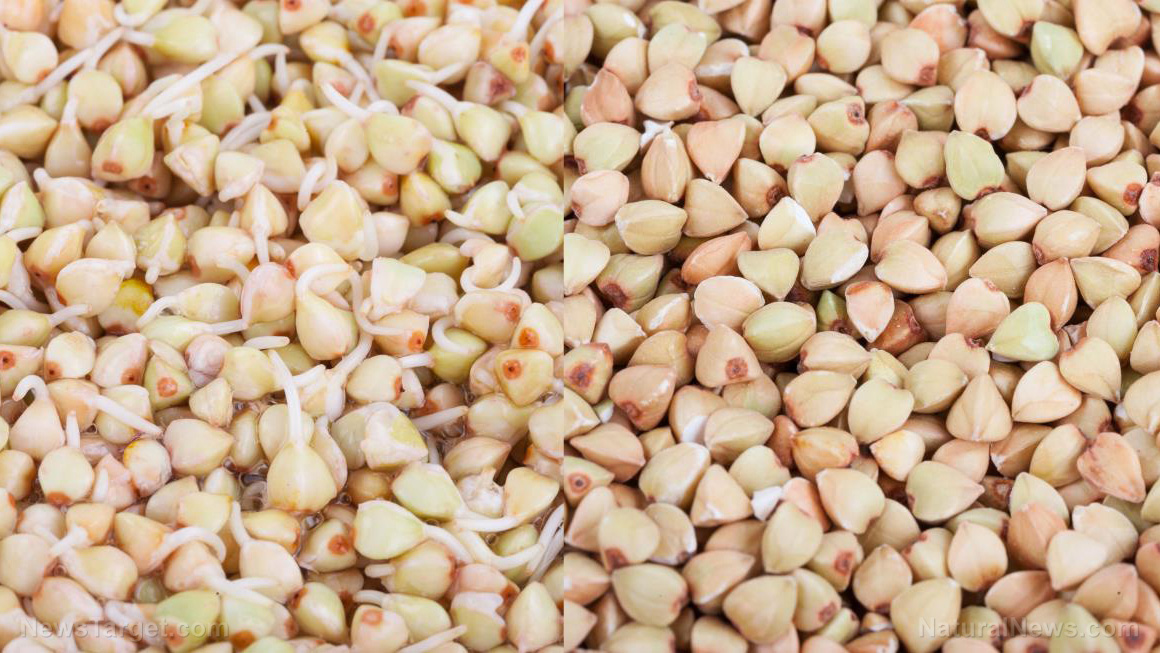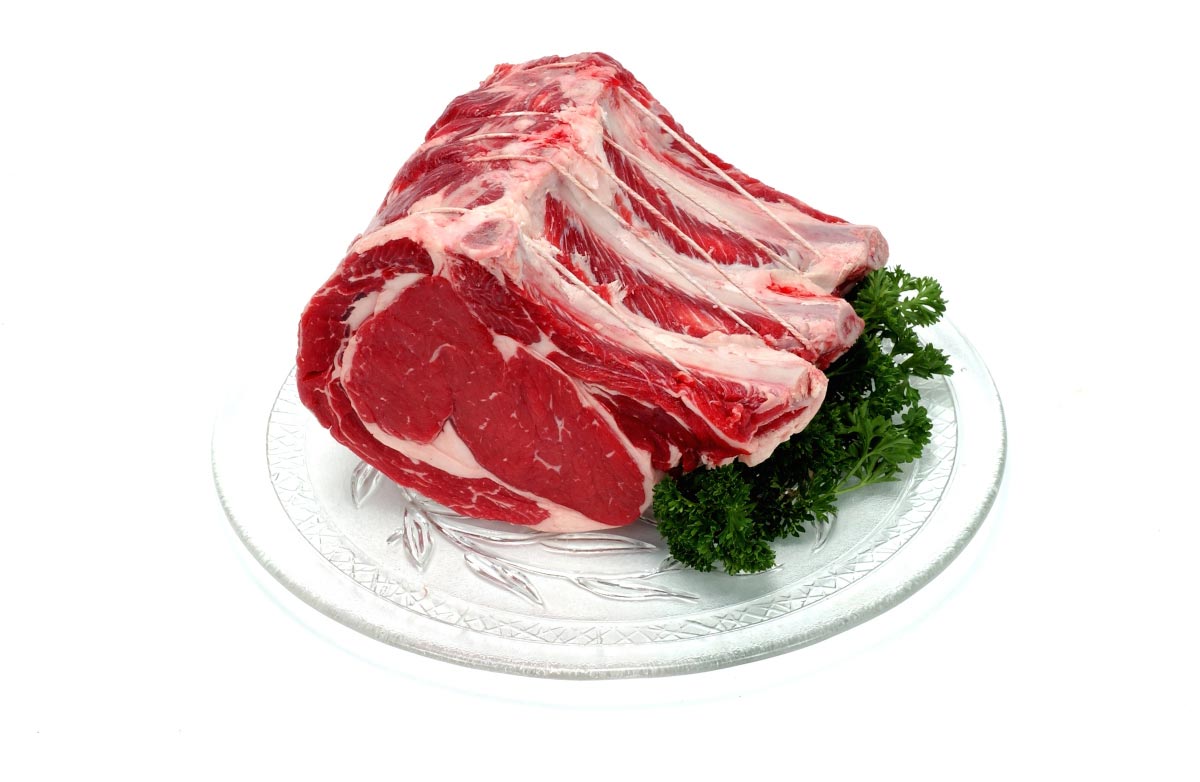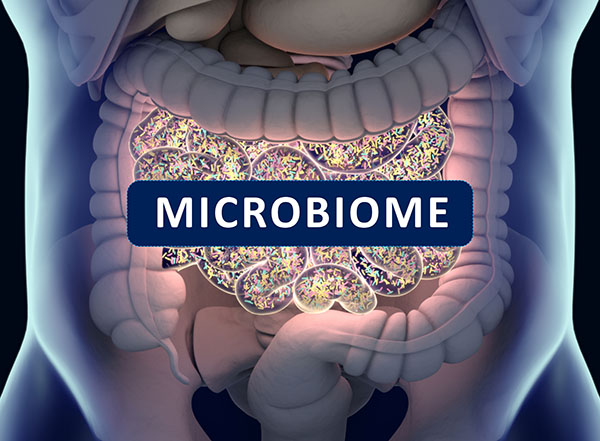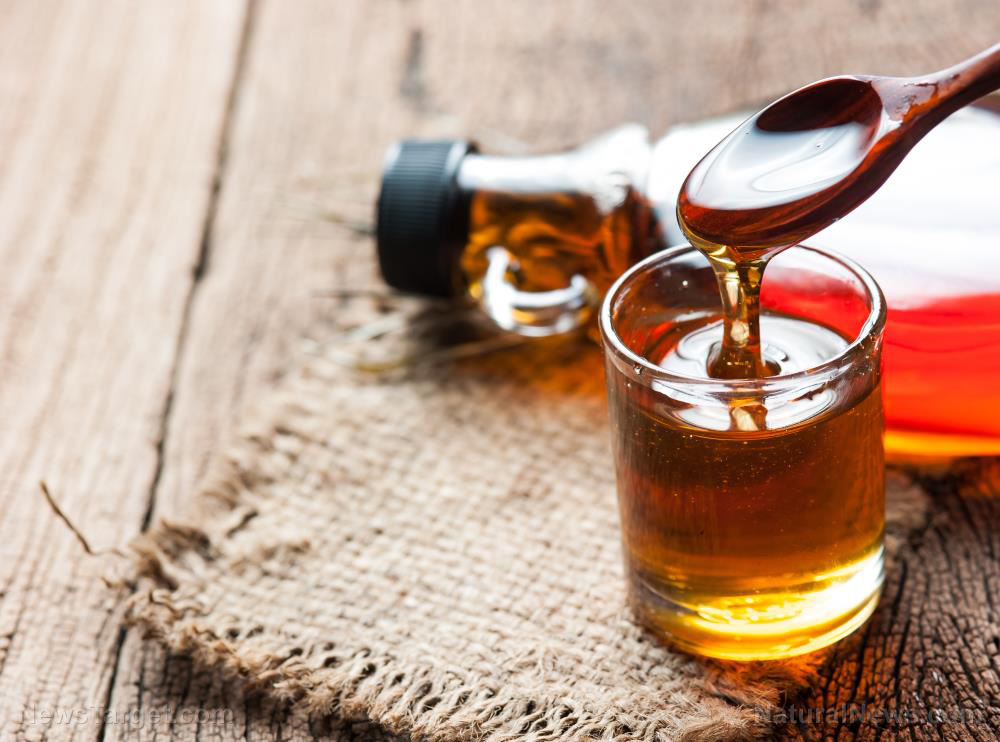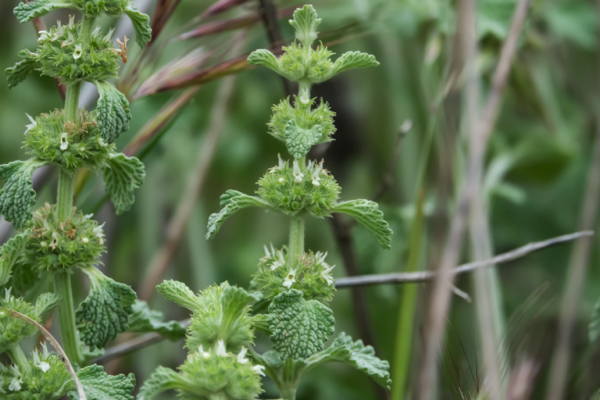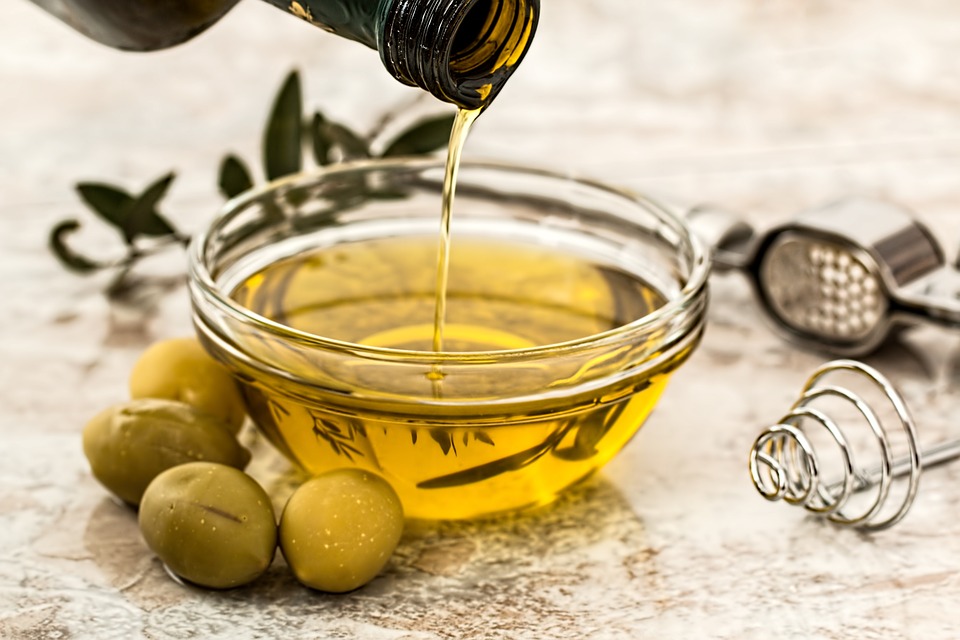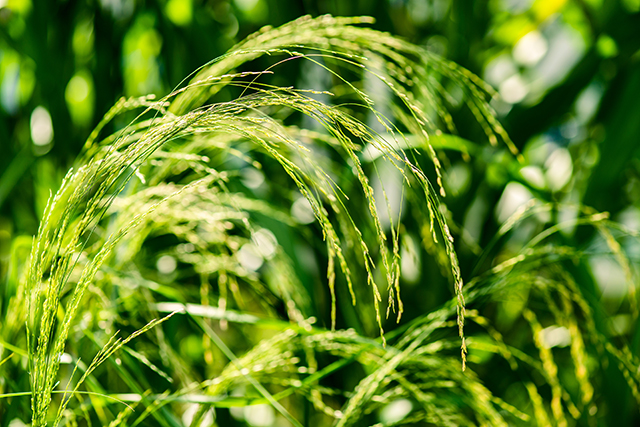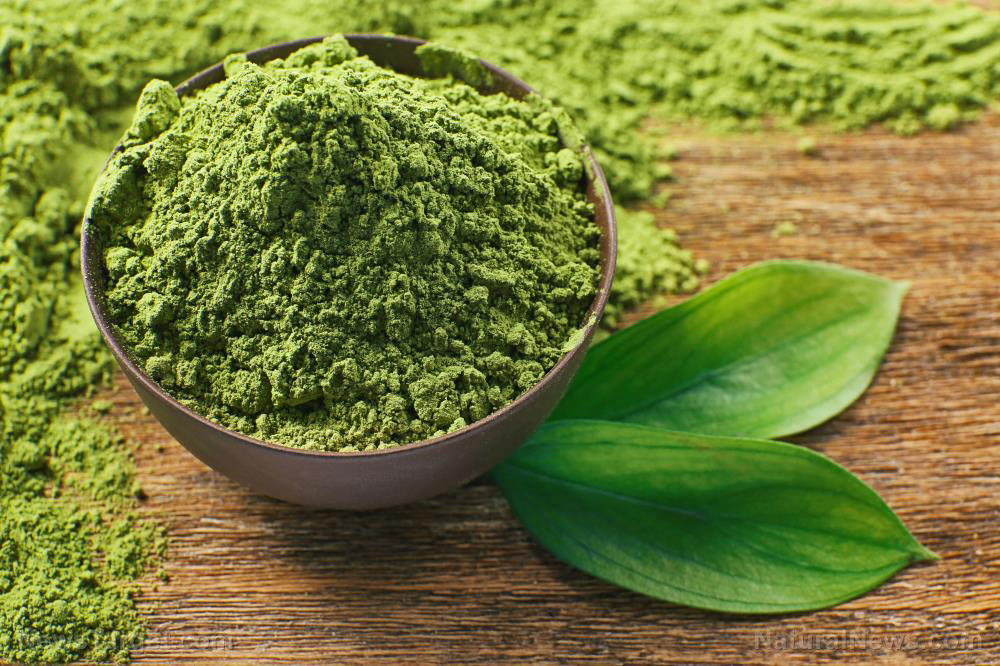Kava: The Pacific’s healing wonder
04/19/2025 / By Ava Grace
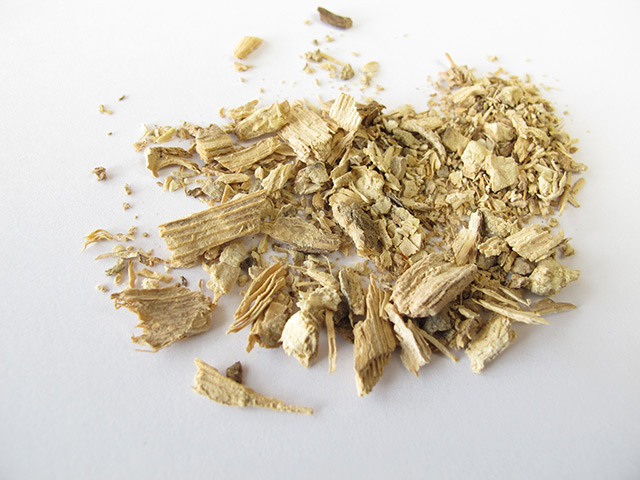
- Kava, or Piper methysticum, has been cultivated and used for at least 3,000 years in the Pacific Islands, especially in Vanuatu Fiji, Samoa and Hawaii. It plays a crucial role in social, spiritual and medicinal practices, fostering bonding, communication and conflict resolution in indigenous communities.
- Kava is a member of the pepper family, characterized by its large, heart-shaped leaves and robust root system. The roots, rich in kavalactones like kawain, dihydrokavain, methysticin and yangonin, are ground into a powder and mixed with water to create the traditional beverage. These compounds are known for their anxiolytic, sedative and analgesic properties.
- Modern research highlights kava’s potential in managing anxiety, insomnia and muscle tension, with studies showing its effectiveness in reducing anxiety levels in adults with generalized anxiety disorder. However, kava should be used with caution to avoid liver toxicity. Use only high-quality, standardized extracts under medical guidance.
- Beyond its medicinal use, kava is central to the social and cultural fabric of Pacific Island societies, often consumed in communal settings to enhance well-being and facilitate dialogue. Anecdotes from Vanuatu demonstrate kava’s role in empowering individuals to speak up and resolve conflicts amicably.
- Kava is known for its distinctive bitter, numbing taste and can be incorporated into various wellness recipes, such as smoothie bowls, herbal teas, bath soaks, meditation mixtures and massage oils, offering a blend of traditional and modern therapeutic applications.
Kava, scientifically known as Piper methysticum, is a plant that has captivated the interest of wellness enthusiasts, researchers and traditional healers alike. Native to the Pacific Islands, kava has a rich history that dates back thousands of years, steeped in cultural significance and therapeutic potential.
Brief history of kava
Kava’s origins can be traced to the South Pacific, where it has been cultivated and used for centuries by indigenous communities. The plant is believed to have been first domesticated in Vanuatu and then spread to other islands such as Fiji, Samoa and Hawaii. The exact timeline of its discovery is uncertain, but archaeological evidence suggests that kava has been in use for at least 3,000 years. (Related: 9 Herbs that can support mental health.)
In traditional Pacific Island societies, kava is used for a variety of purposes beyond its medicinal value. It is a central element in social gatherings, where it is consumed to create a sense of well-being and facilitate communication. The preparation and sharing of kava are often accompanied by storytelling, singing and other cultural practices.
An anecdote from the island of Vanuatu illustrates the communal nature of kava consumption. During a village meeting, a young man named Tama was struggling to express his concerns about a community issue. After drinking kava, he found the courage to speak his mind, leading to a productive and amicable resolution. This anecdote highlights the plant’s role in fostering dialogue and harmony within communities .
Kava is known for its distinctive sensory characteristics. The root is typically a light to dark brown color and has a rough, fibrous texture. When prepared as a beverage, kava has a thick, milky consistency and a bitter, slightly numbing taste. The numbing effect is particularly pronounced on the lips and tongue, which is often described as a unique and pleasant sensation.
Phytonutrients and health benefits
Kava is a member of the pepper family. The plant grows to a height of about two meters and is characterized by large, heart-shaped leaves and a robust root system. The roots, which are the primary source of the plant’s active compounds, are ground into a fine powder and mixed with water to create the traditional beverage.
Kava contains a unique group of compounds known as kavalactones, which are responsible for its pharmacological effects. The main kavalactones include kawain, dihydrokavain, methysticin and yangonin. These compounds have been studied for their anxiolytic, sedative and analgesic properties. Kava also contains flavonoids, tannins and volatile oils, all of which contribute to its overall health benefits.
Kava has gained attention in modern times for its reported health benefits, particularly in managing anxiety and promoting relaxation. Studies have shown that kavalactones can bind to GABA receptors in the brain, producing a calming effect without causing cognitive impairment. This makes kava a natural alternative to prescription anti-anxiety medications for some individuals.
Research also suggests that kava may help alleviate symptoms of insomnia, reduce muscle tension and enhance mood. A meta-analysis published in the Journal of Clinical Psychopharmacology found that kava extract was effective in reducing anxiety levels in adults with generalized anxiety disorder.
However, kava should be used with caution. Excessive consumption, especially of poor-quality kava products, can lead to side effects such as liver toxicity. Therefore, it is recommended to use kava under the guidance of a healthcare professional and to choose only high-quality, standardized extracts.
Culinary and medicinal uses
While kava is most commonly consumed as a beverage, it can also be incorporated into various wellness recipes. Here are a few suggestions:
- Kava smoothie bowl – Blend a small amount of kava powder with banana, mango, and coconut milk for a soothing, tropical treat.
- Kava herbal tea – Mix kava powder with chamomile and lavender to create a calming evening tea.
- Kava bath soak – Add kava powder to a warm bath for a relaxing and aromatic experience.
Kava meditation mixture – Combine kava powder with honey and warm water to create a drink that can be sipped during meditation sessions. - Kava massage oil – Infuse kava powder in a carrier oil like coconut or jojoba to create a relaxing massage oil.
Kava, with its rich cultural heritage and potential health benefits, continues to intrigue and benefit those who explore its health-supporting properties. From its roots in the Pacific Islands to its growing popularity as a natural wellness aid, kava offers a unique blend of tradition and modern therapeutic applications.
This story is not medical advice and is not intended to treat or cure any disease. Always consult with a qualified naturopathic physician for personalized advice about your specific health situation or concern.
For more fascinating insights into superfoods and their natural wonders, visit NaturalNews.com. It’s a treasure trove of articles that will deepen your understanding of the healing power of food.
If you’re into cutting-edge technology with a health twist, try Brighteon.ai. Created by Mike Adams, the Health Ranger, this AI model is a free download that you can run on your own device. It’s all about sharing knowledge freely and bypassing the filters of censorship.
And if you’re looking for a place to openly discuss everything from nutrition to natural remedies without any holds barred, Brighteon.com is your go-to spot. Don’t forget to check out their free speech social media platforms, Brighteon.IO and Brighteon.social, where the conversation is always lively and uncensored.
Watch this video to learn about the many ways kava works t0 calm the body and mind.
This video is from the East West Herbal Apothecary channel on Brighteon.com.
More related stories:
Kava Kava has Many Health Benefits and Uses.
HUGE FINDING: Higher CO2 makes food crops and herbs more nutritious and medicinal.
Traditional Pacific Island medicine, kava kava, found to alleviate anxiety.
Relieve anxiety with these 5 herbal supplements.
Natural alternatives to Xanax that alleviate anxiety without side effects.
Sources include:
Submit a correction >>
Tagged Under:
alternative medicine, anxiety relief, food cures, food is medicine, food science, functional food, herbal medicine, Herbs, kava, natural cures, natural health, natural medicine, organics, phytonutrients, plant medicine, remedies
This article may contain statements that reflect the opinion of the author
RECENT NEWS & ARTICLES
Natural.News is a fact-based public education website published by Natural News Features, LLC.
All content copyright © 2018 by Natural News Features, LLC.
Contact Us with Tips or Corrections
All trademarks, registered trademarks and servicemarks mentioned on this site are the property of their respective owners.


